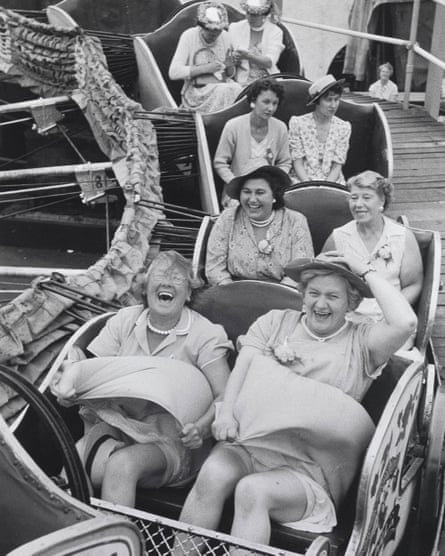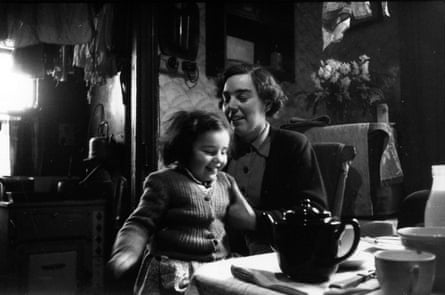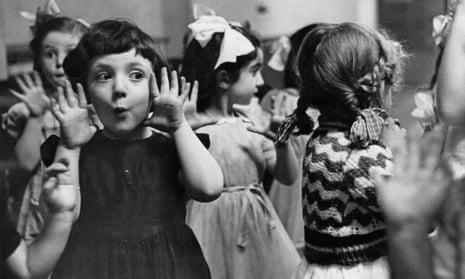“Gentle pictures are probably dead as a dodo today,” Grace Robertson, the photographer who has died aged 90, told the Guardian in 2010, “but back then it was different.”
Back then was the 1950s, when Grace worked for Picture Post in Britain, her gentle style of observational photojournalism chiming with the postwar public’s appetite for images that reflected the small pleasures of peacetime.
Picture Post was a weekly news periodical, founded in 1938, that regularly published the work of a generation of pioneering photojournalists, including Bert Hardy and Bill Brandt. Grace’s father, Fyfe Robertson, a famous BBC TV reporter in the 50s and 60s, worked at Picture Post from 1943.

Grace, born in Manchester in 1930, later recalled being dismayed as a teenager by the paucity of career choices available to her.
“There were only three jobs considered by society as appropriate – teaching, secretarial work or nursing, just to fill in until you got your man.”
After she expressed an interest in photography, her father, in 1949, bought her a camera, enthusiastically encouraging her to try her hand at what was then a combative, male-dominated, medium.
She initially sent her photos to Picture Post under a male pseudonym – Dick Muir – not wanting to draw attention to the fact that she was Fyfe Robertson’s daughter. On an early rejection slip, a picture editor wrote “persevere, young man”.

In 1951, she had her first series, A Schoolgirl Does Her Homework, published. It featured her younger sister, Elizabeth.
Other photo essays by her were published in the years that followed, including Sheep Shearing in Wales (1951), Tate Gallery (1952), and Mother’s Day Off (1954).
The latter series, which became her most celebrated, was a record of a day-trip to Margate by a group of middle-aged and older working-class women she had encountered in a pub in Bermondsey, London, and befriended.
“Their energy was awesome,” she said. She later recalled: “These women were survivors.”
Robertson had an acute eye for social history, realising in this instance that the working-class community the women belonged to was under threat from the high-rise developments being built in the city.

The series became so iconic that Life magazine commissioned her to reshoot a version of it two years later, this time featuring another group of women who were regulars at a pub in Clapham.
She was astonished and embarrassed when Life provided her with a chauffeur-driven Rolls-Royce for the story. “He insisted on following us down to Margate while I went in the coach,” she told the Guardian in 2006. “The women spotted it, but fortunately it didn’t ruin the story as we got on so well.”
Strikingly tall, unmistakably middle-class, and from a Scottish background, Robertson decided from the beginning to make her difference work in her favour, spending time with people until they accepted her.
In 1955 she published a pioneering series on childbirth which featured what were then considered graphic images of a young woman giving birth.
Belonging by temperament to the left politically, she was also, with hindsight, a proto-feminist, whose work often reflected the experiences and everyday lives of women in Britain.
“I took any opportunity to work on stories that allowed me to meet other women,” she later said.
She married fellow photographer Thurston Hopkins, in 1955, whom she met while they were both working for Picture Post. They were together until his death, aged 101, in 2014. In 1999 she received an OBE for her services to photography.
